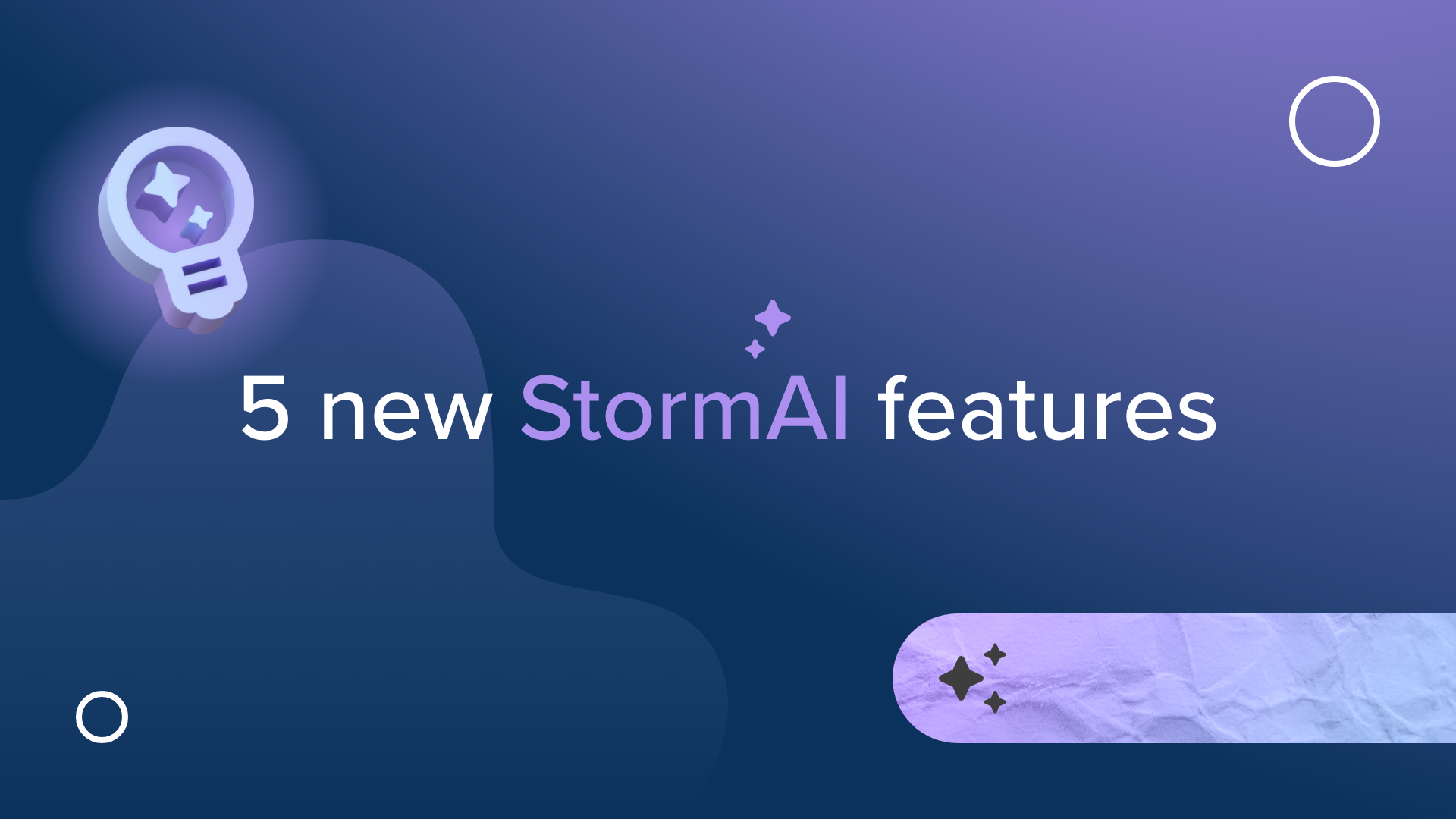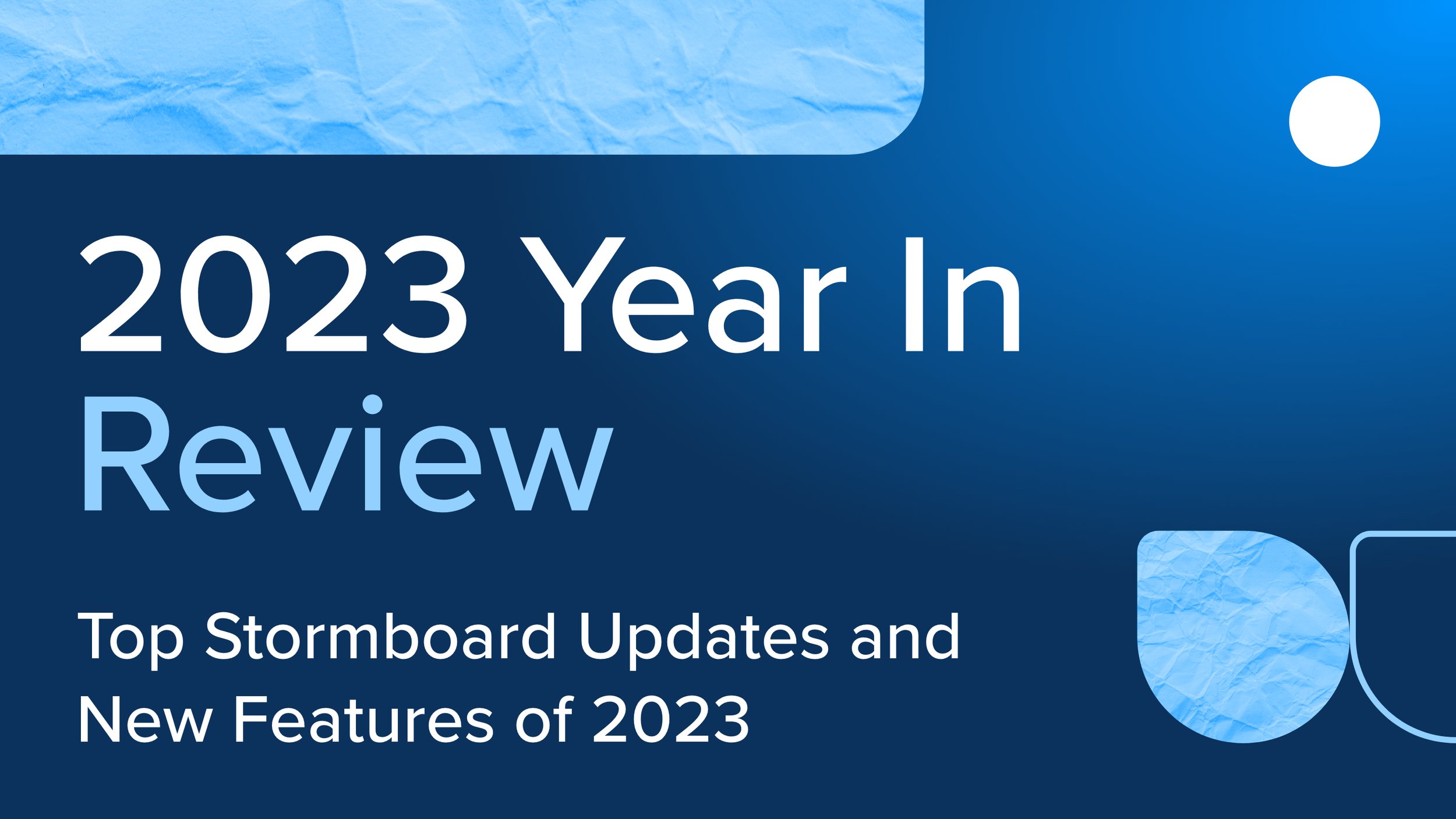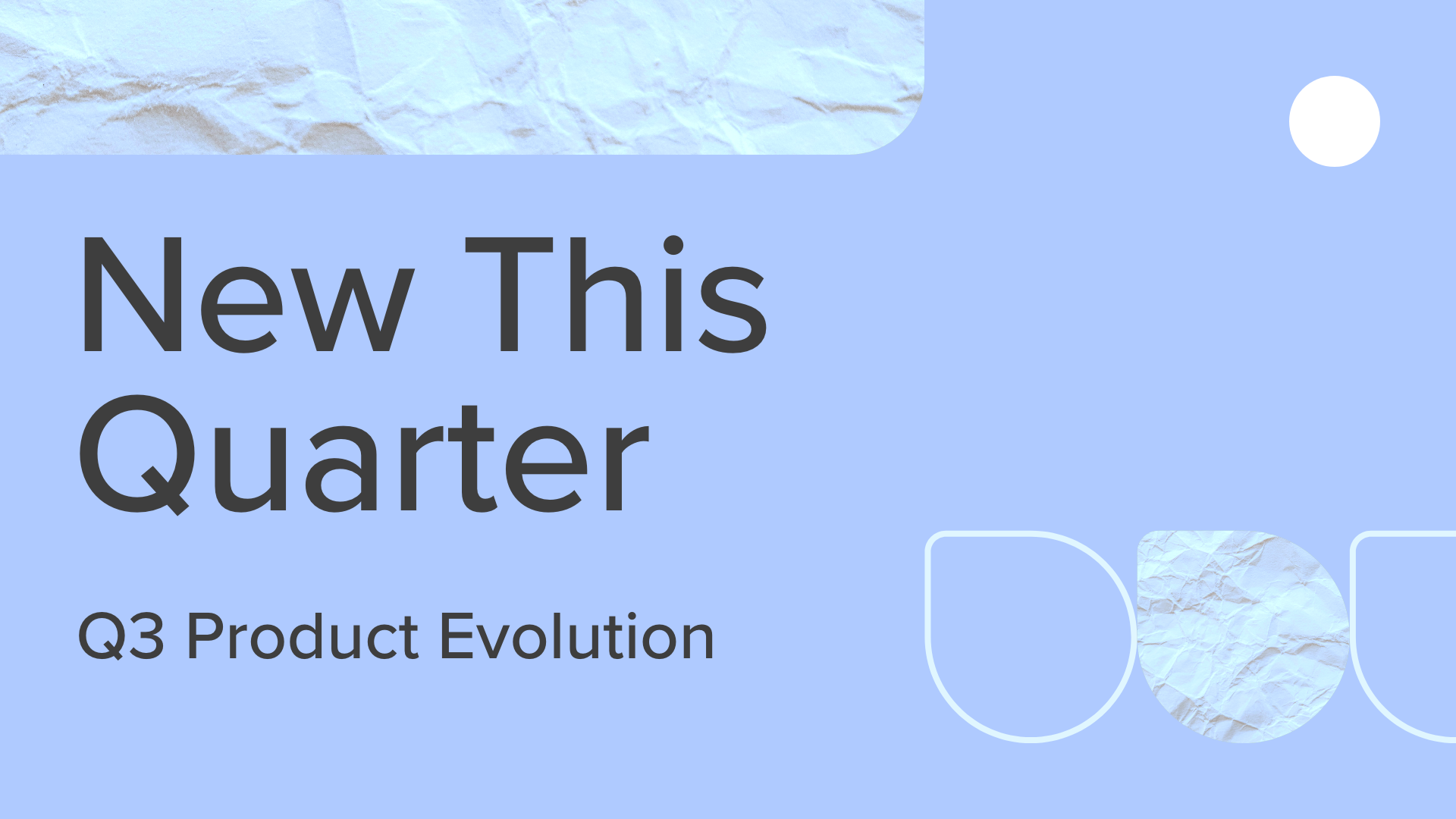The Three Phases of Effective Meetings
As it turns out — meetings aren’t going away. For a brief moment there amidst the COVID-19 pandemic, it might have looked like the traditional ways that teams stay in touch may be gone forever.
But with the impact of the pandemic still being felt into late 2021, businesses around the world have found ways to adapt and evolve while keeping meetings an integral part of their process.
The most obvious evolution here is the rise of the remote (or hybrid) team and the surge of video meetings. In fact, the searches for web and video calling software increased by 500% in the first 4 months of the pandemic.
That statistic tells the story of a world thrown into chaos, only to find not just a solution – but an improvement. Multiple studies show that working from home or in a hybrid model is preferable for many people and can lead to improvements in productivity.
The same positive outcome can be found in video conferencing as a substitute for the traditional boardroom meeting.
What does all this mean though?
You’ve read about staying productive in a hybrid environment, and you have seen for yourself what digital transformation and the adoption of technology in the workplace can do.
It’s not just about where you sit while you work or the technology you leverage for day-to-day tasks. It’s the entire mindset about the how and the why behind it all.
As we have all seen, we can be quick to evolve and adapt our work to accommodate exceptional circumstances. So even if you are settled into a comfortable process now after months of unknowns, that mindset of adaption and improvement can be applied to more than just where you sit and what you log into every day.
Enter the three phases of meetings.
It’s a difficult thing, defining ‘meetings.’ We know what they are, but can be very different for every individual, business, vertical, industry, region, culture, etc., etc.
Traditionally we have thought of meetings as the stuffy, boardroom-based coming-together of individuals to discuss a particular topic or range of topics.
Regardless of what you’re trying to accomplish in a meeting (or even how/where said meeting is hosted), it likely follows the traditional methodology.
Someone makes an agenda and distributes it to attendees (or they don’t, those are always fun).
The attendees gather either in a common area, on the phone, or virtually.
Things are said, topics are discussed, ideas are generated.
Everyone returns to what they were doing before — sometimes with a list of personal to-dos or action items
Someone might distribute meeting minutes summing up the entire thing.
Rinse and repeat.
The three phases of meetings are not a revolutionary idea generated by scholars across the world, but are rather just a different way to work — sort of like shifting from your desk downtown to the home office.
The concept is simple. Every single meeting has 3 phases — Before, During, and After.
Stop treating meetings like a throwaway part of your day where you may get one or two action items, and that’s that. Engage in the entire process and encourage your team to do the same.
Just like shifting to a hybrid or WFH workplace model breeds more productivity, this change could evolve how your business looks at meetings.
Before The Meeting
The number one thing you can and should do before any meeting is just be prepared. It may seem obvious, but recent surveys have indicated that 47% of workers still complain that their meetings are thrown off track due to a lack of preparedness.
Being prepared means more than just taking your own notes or someone handing off an agenda. You can leverage a tool like Stormboard to give your entire team access to a shared agenda and workspace.
Sharing content before a meeting is an excellent way to ensure everyone is on the same page, and promotes meeting engagement by enabling everyone involved to add their voice, vote on talking points, segment groups of ideas, and more.
Our guide to preparing for your meeting using Stormboard is an excellent jumping-off point for anyone looking to evolve their stagnant meeting procedures.
During The Meeting
The second phase of the meeting is the gathering itself. This is the part when countless PowerPoints, flip charts, whiteboards, sticky notes, and markers really get their chance to shine.
Assuming everyone is awake and alert, this will be the part where your team is the most engaged.
The substance of your meetings doesn’t need to change dramatically, but in order to evolve your businesses meetings into something more efficient, meetings should be engaging, and not a monotone presentation.
Technologies that promote meeting collaboration can be a lifeline for the audience. Even if there is only one speaker, utilizing the various meeting facilitation tools in a digital whiteboard (such as voting, timers, chat, and comments) is the best way to ensure the audience is engaged and contributing rather than doodling or dozing off.
In an increasingly remote workforce, many meetings have lost some of their effectiveness due to physical separation or changes in working hours. In addition to promoting collaboration and engagement, using a digital workspace for your meetings can allow you and your colleagues to contribute asynchronously, further improving the overall meeting experience for everyone.
After The Meeting
The credits are nobody’s favorite part of a movie, but for many people, the end of a meeting comes with a feeling of relief and freedom that is unmatched in the corporate world.
The problem with ending a meeting, however, is that it is usually just that: the end. A few action items are dispersed across the team, and there is generally an agreement to do the same thing next month, next week, or even tomorrow.
Ending a meeting doesn’t have to be the end of your team’s productivity. Momentum is an important factor in team productivity, and it can be hard to maintain once everyone has switched off from the meeting and moved on to the next task.
Despite there being an entire school of thought dedicated to meeting minutes, the end result of a meeting can often be a rolled-up flip chart, a blurry photo of a whiteboard, or meeting minutes distributed anywhere from 30 minutes to 3 months down the road.
None of the outcomes really do anyone any good, and they often end up as administrative tasks to be checked off, rather than looked back on. But one of the benefits of using a digital workspace before and during your meetings is that you won’t lose momentum at the end.
Stormboard’s instant reporting is a tailor-made solution for post-meeting deliverables. By simply clicking export, you can get the contents of your entire meeting in the form of a word document, spreadsheet, summary, PowerPoint, and more.
Conclusion
Recent months have shown us that our workforce is far more agile and accepting of change than we ever thought.
Even as situations in the business world begin to level out and find their new state of normal, we can — and should — take what we’ve learned and continue to improve our processes for a better work environment.
Stop thinking of your meetings as the worst part of your day, or using them as a chance to zone out , and start thinking of every meeting a three-phased event: before, during, and after.
This shift in mindset — paired with powerful digital workspaces and collaboration tools — is your chance to take everyone’s least favorite activity and turn it into a true contributing factor to the success of your team.












